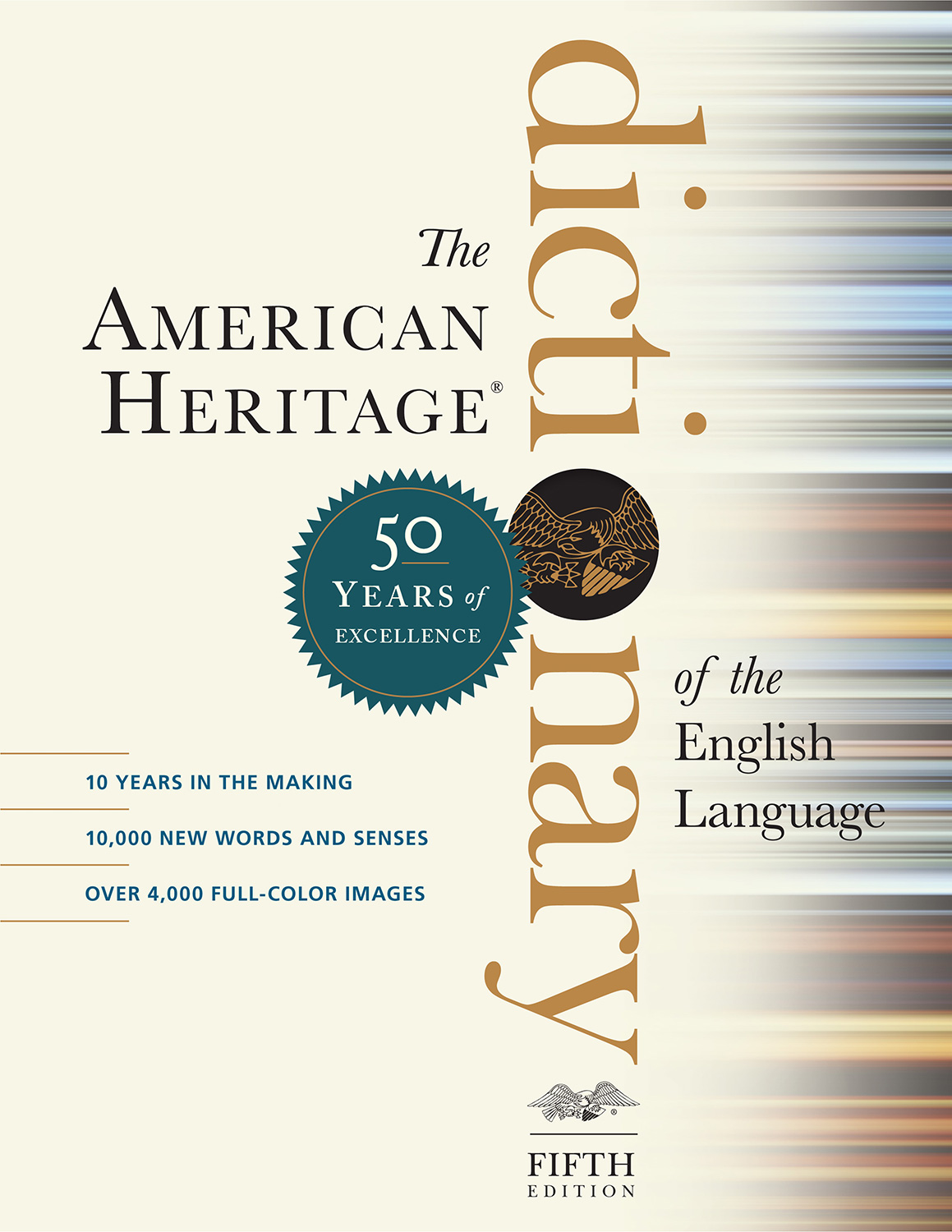| n. 1. An ornamental circlet or head covering, often made of precious metal set with jewels and worn as a symbol of sovereignty. 2. often Crown a. The power, position, or empire of a monarch or of a state governed by constitutional monarchy. b. The monarch as head of state. 3. A distinction or reward for achievement, especially a title signifying championship in a sport. 4. Something resembling a diadem in shape. 5. a. A coin stamped with a crown or crowned head on one side. b. Abbr. cr. A silver coin formerly used in Great Britain and worth five shillings. c. Any one of several coins, such as the koruna, the krona, or the krone, having a name that means “crown.” 6. a. The top or highest part of the head. b. The head itself. 7. The top or upper part of a hat. 8. The highest point or summit. 9. The highest, primary, or most valuable part, attribute, or state: considered the rare Turkish stamp the crown of their collection. 10. Dentistry a. The part of a tooth that is covered by enamel and projects beyond the gum line. b. An artificial substitute for the natural crown of a tooth. 11. Nautical The lowest part of an anchor, where the arms are joined to the shank. 12. Architecture The highest portion of an arch, including the keystone. 13. Botany a. The upper, spreading part of a tree or shrub. b. The part of a plant, usually at ground level, where the stem and roots merge. c. The persistent, mostly underground base of a perennial herb. d. See corona. 14. The crest of an animal, especially of a bird. 15. The portion of a cut gem above the girdle. v. crowned, crown·ing, crowns v. tr. 1. To put a crown or garland on the head of. 2. To invest with regal power; enthrone. 3. To confer honor, dignity, or reward upon. 4. To surmount or be the highest part of. 5. To form the crown, top, or chief ornament of. 6. To bring to completion or successful conclusion; consummate: crowned the event with a lavish reception. 7. Dentistry To put a crown on (a tooth). 8. Games To make (a piece in checkers that has reached the last row) into a king by placing another piece upon it. 9. Informal To hit on the head. v. intr. To reach a stage in labor when a large segment of the fetal scalp is visible at the vaginal orifice. Used of a fetus. [Middle English crowne, from Anglo-Norman coroune, from Latin corōna, wreath, garland, crown, from Greek korōnē, anything curved, kind of crown, from korōnos, curved; see sker-2 in the Appendix of Indo-European roots.] |
The American Heritage® Dictionary of the English Language, Fifth Edition copyright ©2022 by HarperCollins Publishers. All rights reserved.







